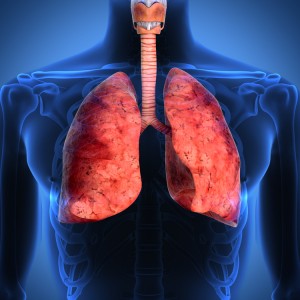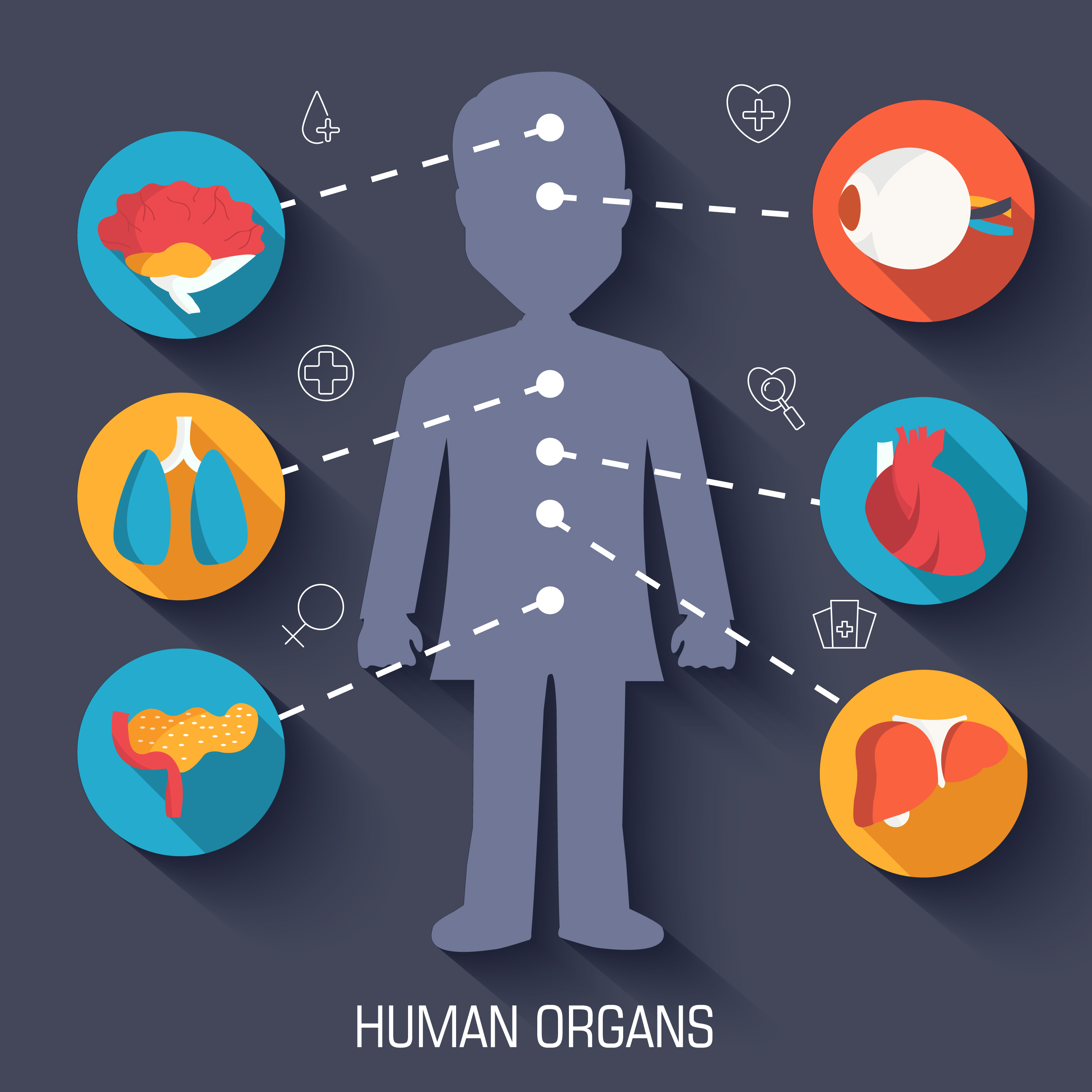 A new study entitled “Adoptive T-cell immunotherapy for ganciclovir-resistant CMV disease after lung transplantation” was published in the Clinical & Translational Immunology by Chien-Li Holmes-Liew from the South Australian Lung Transplant Unit at Royal Adelaide Hospital in Australia, along with colleagues. In this study, the researchers showed a successful adoptive transfer of autologous cytomegalovirus (CMV)-specific T cells to a lung transplant (LTx) patient with ganciclovir-resistant tissue-invasive CMV disease, leading to an uncomplicated long-term survival.
A new study entitled “Adoptive T-cell immunotherapy for ganciclovir-resistant CMV disease after lung transplantation” was published in the Clinical & Translational Immunology by Chien-Li Holmes-Liew from the South Australian Lung Transplant Unit at Royal Adelaide Hospital in Australia, along with colleagues. In this study, the researchers showed a successful adoptive transfer of autologous cytomegalovirus (CMV)-specific T cells to a lung transplant (LTx) patient with ganciclovir-resistant tissue-invasive CMV disease, leading to an uncomplicated long-term survival.
During solid organ transplantation (SOT), infection with cytomegalovirus (CMV) is very frequent and is linked to considerable morbidity and mortality, although it has decreased with the implementation of standard therapy with intravenous ganciclovir. Pre-emptive therapy is a form of prevention that consists either on the early detection of CMV or targeting of transplant recipients with risk factors for CMV. However, ganciclovir-resistant CMV (GRCMV) disease has many therapy problems with considerable morbidity and mortality due to end-organ effects and immunomodulation leading to bronchiolitis obliterans syndrome (BOS) and allograft loss.
[adrotate group=”9″]
In this study, the research team demonstrated that established GRCMV infection can be cleared by adoptive T-cell immunotherapy after LTx in combination with immunosuppression and with no detectable side effects. They administered to the patient 4 doses of T cells and after the first dose of treatment there was no observable persistent viral reactivation, contrary to what was seen before treatment, suggesting that a unique dose of T cells may have been sufficient to control infection. These findings showed that the patient was able to achieve complete reconstitution of its immune system and able to control viral reactivation, showing the success of T-cell immunotherapy.
Until now, there have been very few studies concerning adoptive T-cell immunotherapy to treat ganciclovir-resistant CMV infection or disease following solid organ transplantation. The present data have wide impact emphasizing the relevant potential of this strategy as a new alternative therapy in a clinical condition such as ganciclovir-resistant CMV disease after lung transplantation where there is no currently available suitable treatment alternatives. Further research is needed for the development of this therapy for the application in larger cohorts of patients.

